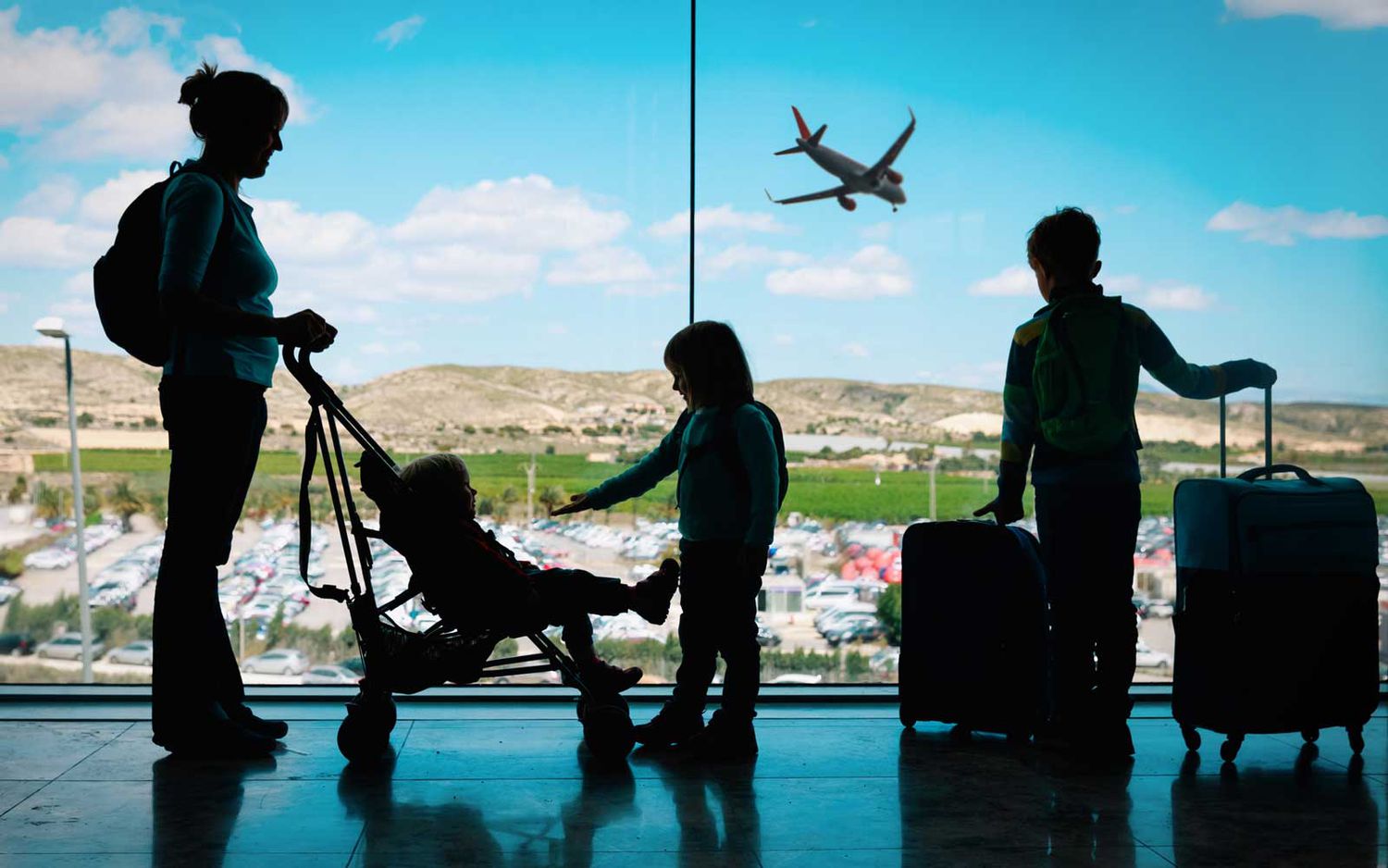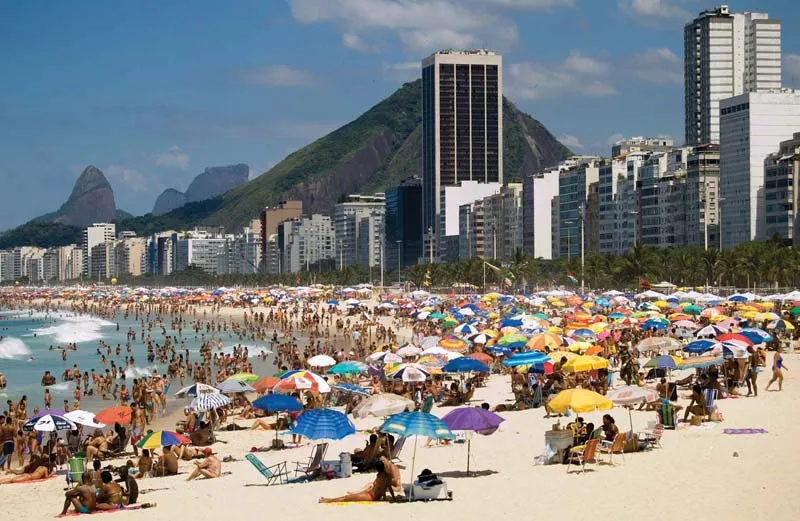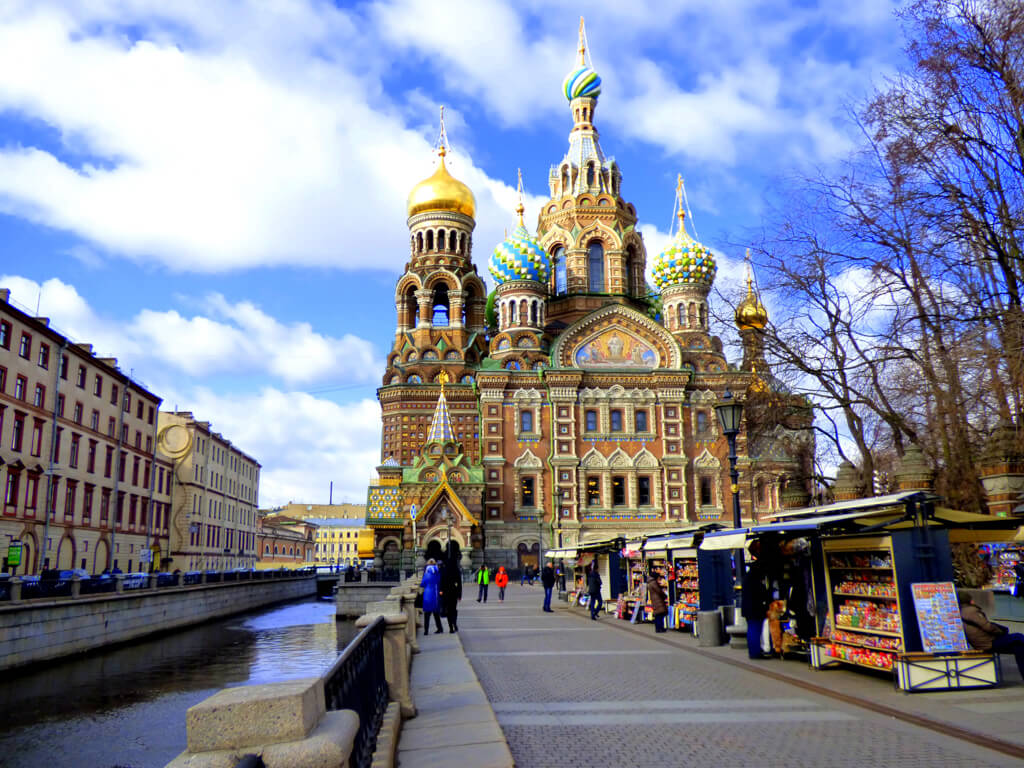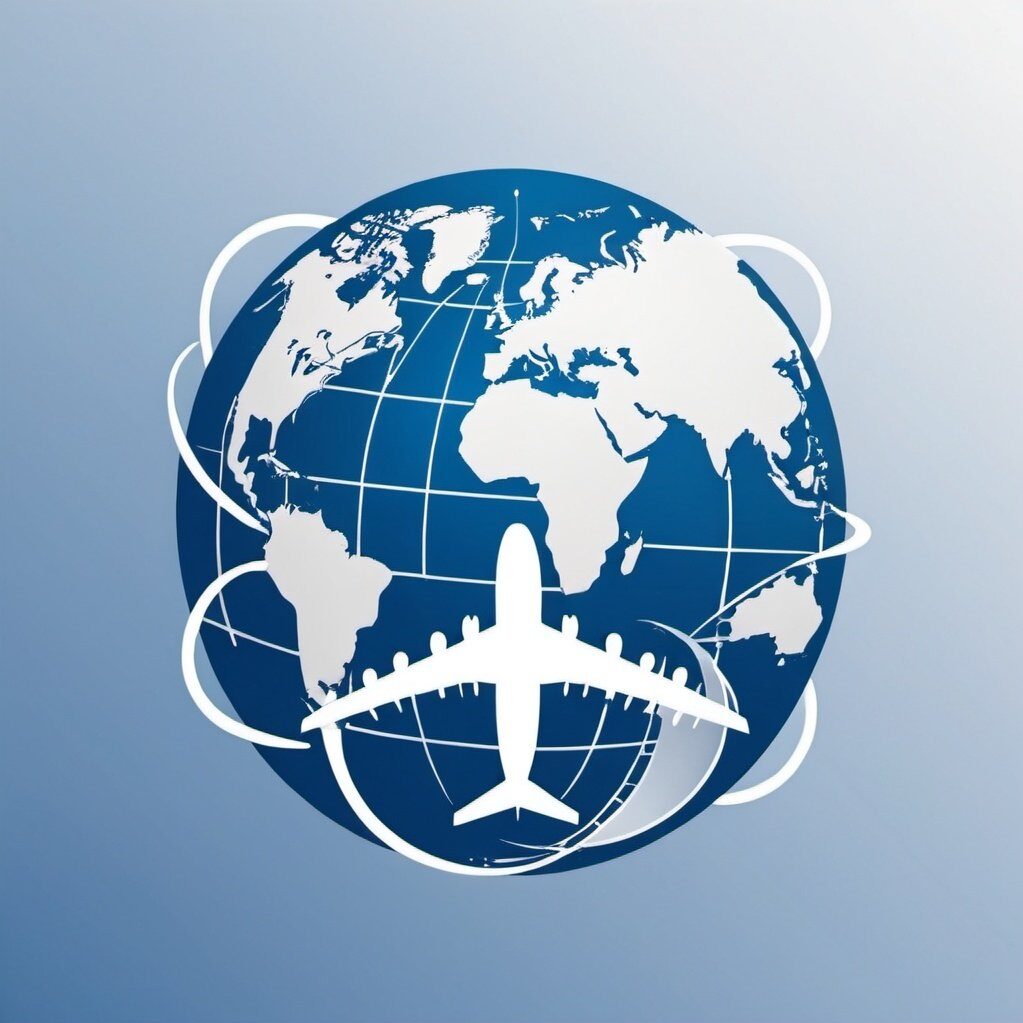
Introduction
The BRICS and Europe travel connection has become increasingly significant in global tourism and business. As emerging economies—Brazil, Russia, India, China, and South Africa—enhance their links with Europe, the opportunities for cultural exchange, collaboration, and mutual understanding continue to grow. This article explores the dynamics of travel between BRICS nations and Europe, highlighting tourism trends, business interactions, cultural exchanges, and the challenges that travelers face.
The BRICS Overview
Brazil
Brazil, the largest country in South America, is renowned for its vibrant culture and stunning landscapes. Its diverse ecosystems, from the Amazon Rainforest to the beautiful beaches of Copacabana, attract millions of international tourists. Brazilian cuisine and cultural festivals create a dynamic backdrop for travel, making Brazil an appealing destination within the BRICS and Europe travel connection.

Russia
Russia spans Eastern Europe and northern Asia and is rich in history and culture. The architectural marvels of Moscow and the cultural hub of St. Petersburg offer travelers a wealth of experiences. The vastness of the country means diverse landscapes, and the connection to Europe is underscored by historical ties and shared cultural elements.

India
India is a land of contrasts, where ancient traditions coexist with modernity. Its rich heritage, diverse cultures, and iconic landmarks like the Taj Mahal make it a significant travel destination. The growing interest in Indian culture and tourism strengthens the BRICS and Europe travel connection as more Europeans seek to explore India’s offerings.

China
China, with its ancient civilization and rapid modernization, offers a treasure trove for travelers. Historical sites like the Great Wall and the bustling streets of Shanghai attract millions, making it a vital player in the BRICS and Europe travel connection. The increasing number of Chinese tourists visiting Europe highlights this relationship further.

South Africa
South Africa is known for breathtaking landscapes and rich wildlife. National parks like Kruger National Park and cities like Cape Town and Johannesburg provide a mix of natural beauty and cultural experiences. The historical ties between South Africa and various European nations enhance travel connections, making it an important component of the BRICS and Europe travel connection.

Travel Patterns Between BRICS and Europe
Increasing Tourist Flow
Travel between BRICS nations and Europe has seen significant growth. Factors such as improved air connectivity, a burgeoning middle class in BRICS countries, and increased interest in cross-cultural experiences are driving this trend.
Brazil to Europe
Brazilian travelers are increasingly exploring European destinations, particularly Portugal, Spain, and Italy. The shared linguistic and cultural ties with Portugal enhance travel between the two countries. Many Brazilians seek European cities for leisure, business, and educational opportunities, reinforcing the BRICS and Europe travel connection.
Russia to Europe
Historically connected to Europe, Russia sees many of its citizens traveling for leisure and business. Popular destinations include Paris, Prague, and Berlin, where Russian tourists seek luxury shopping and cultural experiences, further solidifying the BRICS and Europe travel connection.
India to Europe
The expanding middle class in India is eager to travel abroad, with Europe emerging as a top choice. The allure of European history, art, and fashion draws Indian travelers, while educational institutions attract students, enhancing the BRICS and Europe travel connection.
China to Europe
Chinese tourists represent one of the fastest-growing segments in European tourism. With more direct flights and tailored travel packages, cities like Paris, London, and Milan have become popular destinations, showcasing the strength of the BRICS and Europe travel connection.
South Africa to Europe
South Africans frequently travel to Europe for business and leisure. The historical ties between South Africa and various European nations make Europe a favored destination for South African travelers, further enriching the BRICS and Europe travel connection.
Business Travel Dynamics
The economic collaboration between BRICS nations and Europe extends to significant business opportunities, leading to increased business travel.
Trade Agreements
BRICS countries and the European Union (EU) have engaged in various trade agreements to enhance economic collaboration. These agreements often lead to increased travel for business purposes, allowing professionals to explore new markets and establish partnerships as part of the BRICS and Europe travel connection.
Conferences and Trade Shows
Major European cities host numerous international conferences and trade shows, attracting attendees from BRICS countries. Events focused on technology, finance, and sustainability are particularly popular, demonstrating the growing participation of BRICS nations in the European business landscape.
Educational Exchanges
The BRICS and Europe travel connection is also evident in education. Many students from BRICS countries travel to Europe for higher education, seeking advanced degrees and international exposure.
Academic Collaborations
European universities often partner with institutions in BRICS countries to foster academic collaborations. These partnerships create opportunities for student exchanges and joint research, further enhancing the educational aspect of the BRICS and Europe travel connection.
Scholarships and Programs
Several European countries offer scholarships designed for students from BRICS nations, encouraging educational travel and allowing students to gain valuable international experience.
Cultural Exchange and Understanding
Festivals and Events
Cultural exchange plays a vital role in the BRICS and Europe travel connection. Festivals, art exhibitions, and music events often serve as platforms for showcasing diverse cultures.
Brazilian Carnival
The Brazilian Carnival attracts attention from Europe, with celebrations showcasing vibrant parades and music. In turn, European cities celebrate their own festivals, providing opportunities for cultural exchange and collaboration.
Russian Cultural Festivals
Russia’s rich cultural heritage is showcased through festivals held in Europe. Events like the Moscow International Film Festival introduce European audiences to Russian arts, while European festivals often feature Russian artists.
Indian Festivals
Indian festivals such as Diwali and Holi have gained popularity in Europe, with celebrations organized in major cities. These events showcase Indian culture and encourage cross-cultural interactions, enriching the BRICS and Europe travel connection.
Chinese New Year
Chinese New Year celebrations in European cities attract large crowds and offer insights into Chinese traditions, creating opportunities for cultural dialogue between communities.
Culinary Connections
Food serves as a powerful medium for cultural exchange. The BRICS and Europe travel connection is enhanced by the growing interest in culinary tourism, where travelers seek to explore local cuisines.
Brazilian Cuisine
Brazilian cuisine, characterized by rich flavors and diverse influences, has gained popularity in Europe. Brazilian restaurants and food festivals entice European food enthusiasts, highlighting the culinary aspect of the BRICS and Europe travel connection.
Indian Cuisine
Indian cuisine has a significant presence in Europe, with numerous restaurants and festivals celebrating its diversity. Many Europeans travel to India to experience authentic flavors, while Indian chefs often participate in culinary events across Europe.
Chinese Cuisine
Chinese food is a staple in many European countries. The widespread presence of Chinese restaurants reflects the deep-rooted culinary ties between these regions, enriching the BRICS and Europe travel connection.
Art and Music
Art and music are vital conduits for cultural exchange between BRICS nations and Europe. Collaborations between artists and musicians facilitate greater understanding and appreciation of diverse artistic expressions.
Joint Art Exhibitions
Art exhibitions featuring artists from BRICS countries are increasingly held in European galleries, showcasing their unique perspectives and talents. These events foster dialogue between artists and audiences, enriching the cultural landscape within the BRICS and Europe travel connection.
Music Collaborations
Musical collaborations between BRICS artists and European musicians have become more common. These partnerships blend different musical styles, creating innovative sounds that resonate with diverse audiences.
Challenges in Travel Connectivity
Visa Regulations
Visa requirements can pose significant challenges for travelers from BRICS countries seeking to visit Europe. Each country has its own visa policies, complicating travel plans.
Schengen Visa
The Schengen visa allows travelers to visit multiple countries within the Schengen Area. However, the application process can be complex, requiring various documents that may be challenging for some travelers to obtain. The time taken to process visa applications can deter potential travelers from engaging in the BRICS and Europe travel connection.
Visa Refusals
Visa refusals can be frustrating for travelers from BRICS nations. Common reasons for refusals include incomplete documentation, financial discrepancies, and concerns about overstaying, which can hinder the growth of travel between BRICS and Europe.
Economic Disparities
Economic disparities between BRICS nations and European countries can impact travel patterns. Higher living costs in Europe may limit the ability of travelers from BRICS countries to explore various destinations, affecting the overall BRICS and Europe travel connection.
Language Barriers
Language differences can pose challenges for travelers. While English is widely spoken in many European cities, travelers from BRICS countries may encounter language barriers, particularly in less touristy areas. This can affect their overall travel experience.
The Future of the BRICS and Europe Travel Connection
Emerging Trends
As globalization continues to shape travel patterns, the BRICS and Europe travel connection is expected to evolve further. Emerging trends such as sustainable tourism, digital nomadism, and experiential travel will likely influence future travel dynamics.
Sustainable Tourism
There is a growing awareness of the importance of sustainable tourism among travelers from BRICS nations and Europe. Many travelers seek eco-friendly options that minimize their impact on the environment, leading to increased collaboration between BRICS and European destinations in promoting sustainable travel practices.

Digital Nomadism
The rise of remote work has given birth to a new trend: digital nomadism. Many professionals from BRICS countries are embracing this lifestyle, traveling to European countries while working remotely. This shift enhances cultural exchange and promotes long-term travel within the BRICS and Europe travel connection.

Experiential Travel
Travelers from BRICS nations are increasingly seeking authentic experiences that connect them with local cultures. This trend emphasizes the importance of cultural exchange and community engagement, further strengthening ties within the BRICS and Europe travel connection.

Strengthening Bilateral Relations
As BRICS countries continue to develop, fostering stronger bilateral relations with European nations will be crucial. Initiatives aimed at enhancing travel connectivity, such as improved air links and collaborative tourism marketing efforts, can facilitate greater movement between these regions.
Trade Missions
Governments from BRICS nations and Europe can organize trade missions to promote business travel and strengthen economic ties. These initiatives encourage professionals to explore new markets, fostering cross-cultural interactions as part of the BRICS and Europe travel connection.
Tourism Promotion
Joint tourism promotion efforts can attract travelers from both regions. By highlighting the unique offerings of each region, tourism boards can encourage exploration and collaboration, benefiting both BRICS nations and European countries.
Conclusion
The BRICS and Europe travel connection is multifaceted and ever-evolving. As globalization continues to shape the travel landscape, opportunities for collaboration, cultural exchange, and mutual understanding are on the rise. While challenges such as visa regulations and economic disparities remain, the growing interest in travel between these regions presents a wealth of possibilities.
From leisure travel to business opportunities and educational exchanges, the potential for enriching experiences is vast. By embracing these connections and addressing the challenges, BRICS nations and Europe can foster a vibrant travel ecosystem that benefits both regions. As travelers embark on journeys to explore new cultures, they contribute to a broader dialogue of understanding and appreciation that transcends borders. The future of the BRICS and Europe travel connection promises to be an exciting journey filled with opportunities for discovery, connection, and growth.
